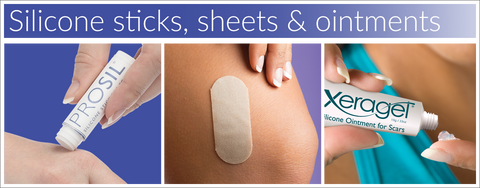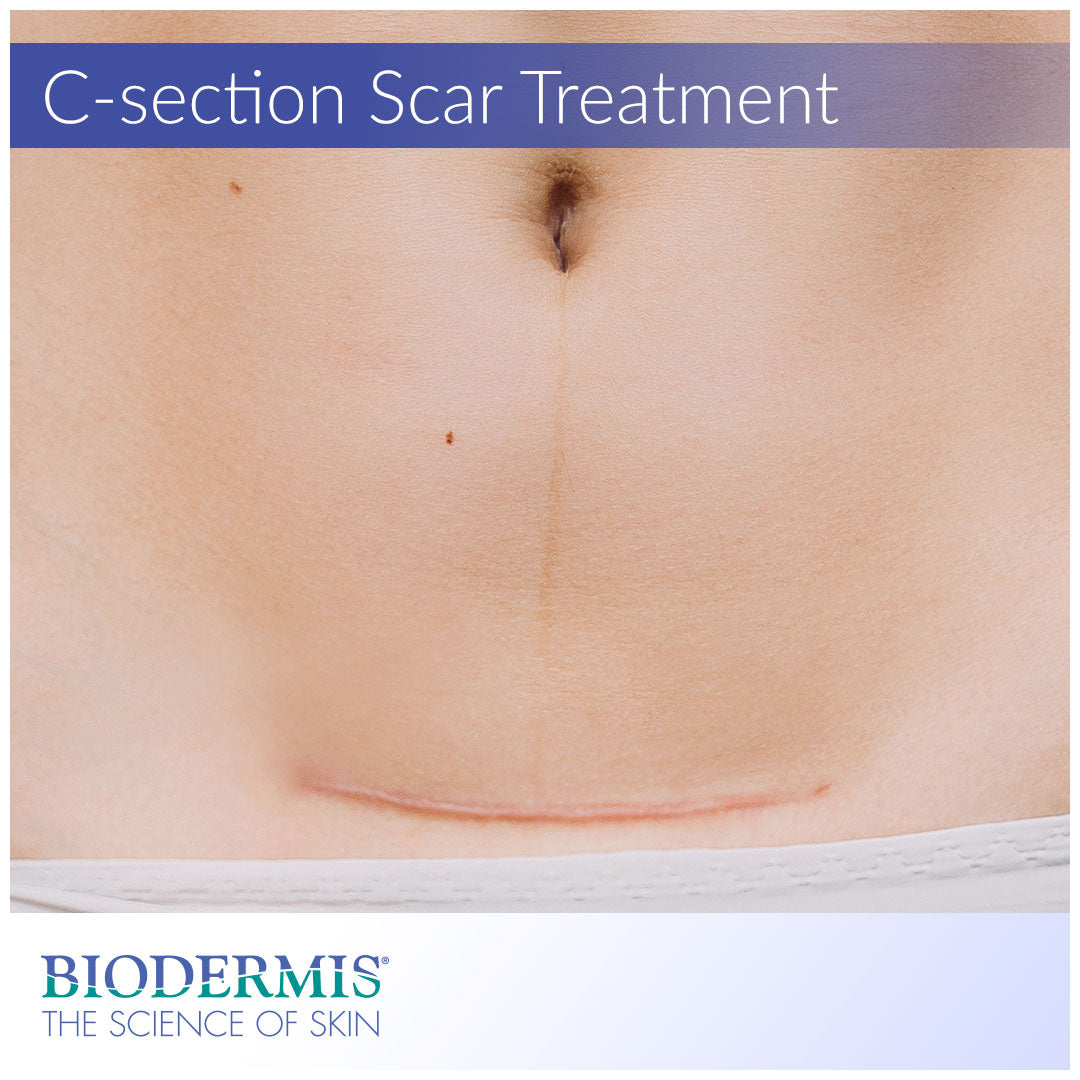The prospect of having a C-section, otherwise known as a caesarean section, is not one a woman envisions for herself during childbirth. An easy delivery is one every mother hopes for, but certain complications during pregnancy can prevent this. Enduring a caesarean birth can be a painful experience, and the mother will leave the hospital with a baby and a sizeable scar. The questions a mother might have after such a procedure are: How will my scar look? And how can I treat my C-section scar?
Fortunately, there is a solution, and products are readily available online. Continue reading to learn all about C-sections and to discover a safe, effective therapy solution for post-operative scar care.
What is a C-section?
A C-section is a surgical form of childbirth performed when a natural, vaginal delivery of a baby is not a viable option. Nearly one-third of births that occur in America are from C-sections according to the U.S. Centers for Disease Control. These procedures are typically performed in response to some medical complications that could harm either the mother or the baby.
For instance, If the baby is in breech, meaning if its feet or bottom are positioned towards the birth canal, a C-section may be considered. This procedure might also be performed with larger babies or if the mother is conceiving twins. If a baby is at risk of catching HIV or some other transmittable disease carried by the mother, a C-section is necessary. There are a number of other reasons why a C-section might be performed, some less severe than others.
A C-section procedure requires an obstetrician to perform two separate surgical incisions to deliver the baby. One incision will be made in the lower abdomen and a second will be made in the uterus. The incision in the abdominal wall is made horizontally below the naval and measures roughly four to six inches in length. Emergency C-sections may require a vertical incision. Incisions on the uterus can also be horizontal or vertical, depending on the baby’s position. The baby will then be delivered headfirst to allow it to breathe and be cleaned. Dissolvable stitches are used to sew the uterus shut, and either stitches, staples, or surgical glue will be used to close the abdomen. The entire procedure can take 45 minutes to an hour.
C-section scars
Post-operative care after a C-section can present big challenges for some women, especially in regards to the aesthetic appearance of their scars. Some scars will fade over time, but many don’t. And the way a scar forms largely depends on the woman’s genetics and skin type. Whether staples, stitches, or surgical glue were used to close the C-section incision, a scar will be visible. Some reports lead doctors to believe that surgical glue reduces scarring because it doesn’t penetrate the skin like staples or stitches. But further evidence is needed to form a valid conclusion.
Hypertrophic and keloid scars are two scar types that can form in response to a C-section operation. Keloid scars are the more severe of the two, characterized by an overgrowth of scar tissue that branches out past the initial wound site. Keloid scars are raised and lumpy in appearance, with a red or purple complexion. Hypertrophic scars are raised and ridged with a pink or red complexion, but they don’t grow past the initial wound or incision. Both of these scar formations can be painful and itchy because scar tissue is devoid of sweat glands and hair follicles.
Ineffective scar care products
Post-operative scar treatment

Topical silicone gel sheeting has been on the market for over 30 years, and numerous clinical studies support its effectiveness in flattening and reducing the appearance of scars. Silicone gel sheets work by inducing hydration and regulating collagen production at the scar site to soften and flatten scars and restore healthy pigmentation to the skin. Medical silicone is a safe, effective treatment option for hypertrophic and keloid scars trusted by surgeons around the world.
Biodermis emerged nearly three decades ago as the leading provider of medical-grade silicone for post-operative scar care and skin repair. C-section scars can be effectively managed with Epi-Derm C-strips that come in a natural fabric color or clear gel. For a convenient scar care solution on the go, try Pro-Sil silicone stick, which comes in an easy-to-use glide-on applicator.
Biodermis is an innovative market leader with 30 years of expertise in the medical silicone industry. Visit Biodermis.com today to explore a complete range of scar management and post-operative care solutions.
Biodermis offers custom-tailored referral programs designed to simplify and reduce the cost of your patients' post-op care. Additionally, we offer professional pricing if you opt to retail our products. Give us a call at 800.322.3729 and we will be happy to provide additional details on these programs.



